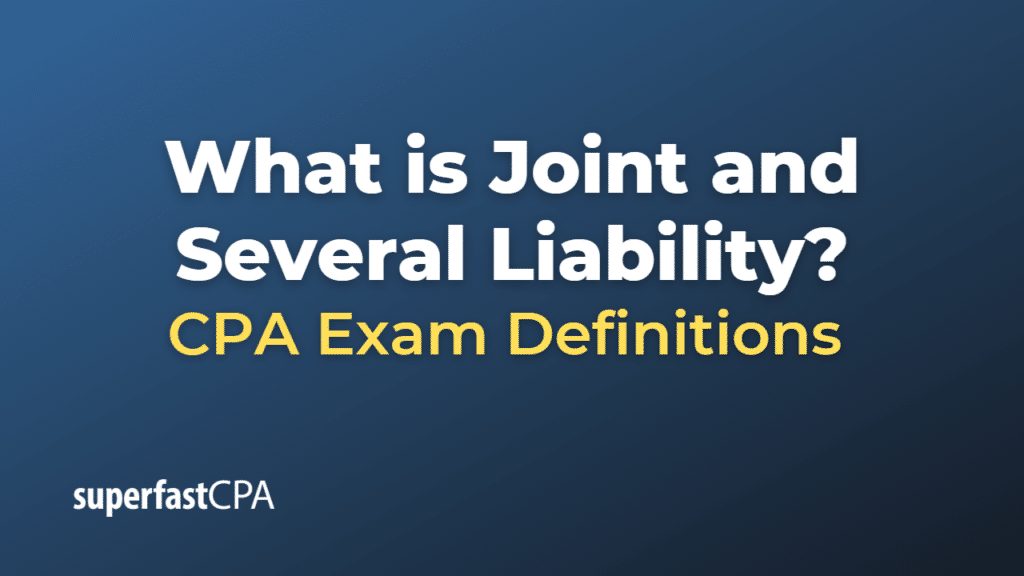Joint and Several Liability
Joint and several liability refers to a legal term describing a circumstance where multiple parties can be held liable for the same event or act and be responsible for all restitution required. In cases of joint and several liability, a plaintiff may pursue an obligation against one or more parties, either individually or collectively.
Under joint and several liability, any and all defendants can be held 100% responsible for damages or harm. This means that a plaintiff can recover the full amount of damages from one defendant, even if others were equally or more at fault.
This concept often applies in tort law cases, where multiple defendants have caused harm to the plaintiff, but it can also apply in other contexts. For instance, in a contract involving multiple parties, if the contract terms specify joint and several liability, any party to the contract could potentially be held responsible for upholding the entire contract.
Joint and several liability is used in jurisdictions because it can provide a plaintiff with a better chance of obtaining a full recovery of damages. However, it can be controversial, as it may seem unfair to force one party to pay for the entirety of damages, especially if they were only partially responsible for the harm caused.
To counterbalance this, many jurisdictions allow a defendant who pays more than their share of the damages to seek contribution from the other defendants, recovering the amount they paid in excess of their share of liability. The rules for this vary depending on jurisdiction and specific circumstances.
Example of Joint and Several Liability
Let’s use a tort law example to illustrate the concept of joint and several liability.
Imagine that two drivers, Driver A and Driver B, are involved in an illegal street race on a public road. They lose control of their cars and crash into a pedestrian, causing severe injuries.
In this scenario, both drivers contributed to the accident and are therefore both responsible for the injuries suffered by the pedestrian. The pedestrian sues both drivers for damages, and the court determines that both Driver A and Driver B are equally at fault.
With joint and several liability, the injured pedestrian can recover the full amount of damages from either Driver A or Driver B, or some from each. If Driver A is wealthy and Driver B has no assets, the pedestrian could choose to recover all the damages from Driver A, even though Driver B was equally at fault.
If Driver A ends up paying the full amount, he can then seek contribution from Driver B to recover half of the damages, which reflects Driver B’s share of the fault. However, if Driver B has no assets, Driver A may not be able to recover anything, leaving him to bear the full cost.
This example illustrates how joint and several liability works in a tort law context, allowing a plaintiff to recover full damages from any defendant regardless of their individual share of fault, and the potential implications for the defendants involved.













